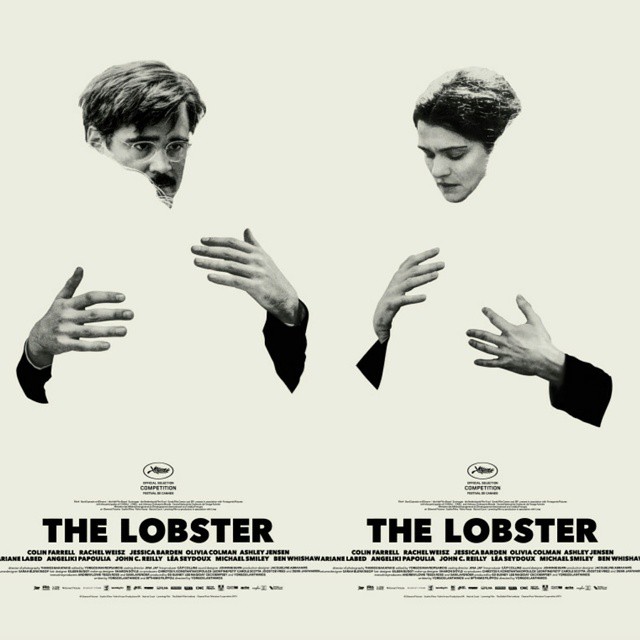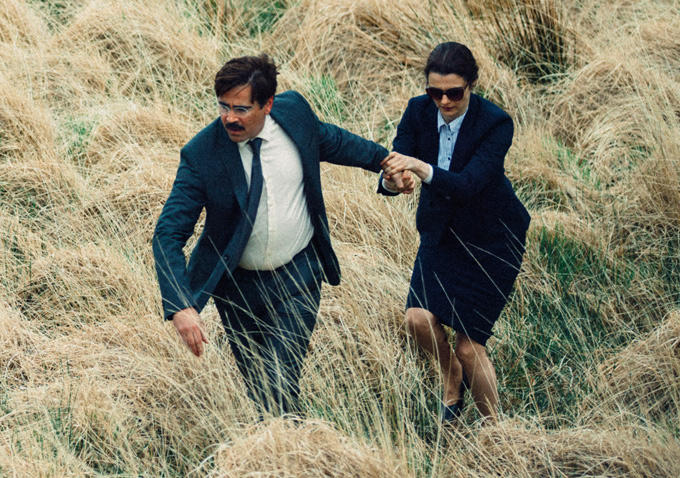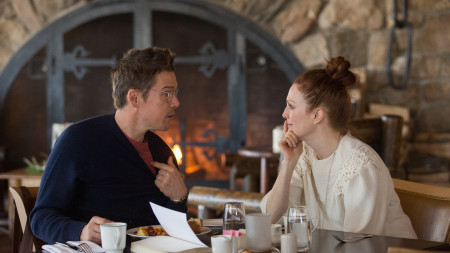NYFF: Ingrid Bergman - In Her Own Words
 Saturday, October 3, 2015 at 10:00AM
Saturday, October 3, 2015 at 10:00AM
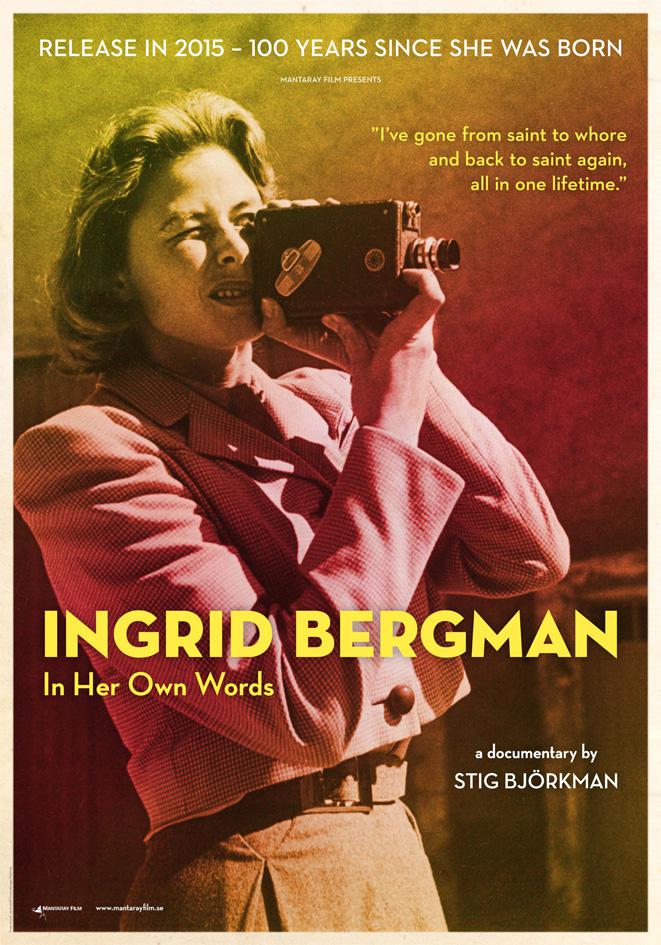 Manuel, adding a belated capper to our Ingrid Bergman centennial coverage. While I’m well-versed on Streep, Davis, Hepburn, and other towering female stars, Bergman has always eluded me. It is my one big actressexual blindspot. Is it because she’s effortlessly aloof, somehow always beyond my grasp?
Manuel, adding a belated capper to our Ingrid Bergman centennial coverage. While I’m well-versed on Streep, Davis, Hepburn, and other towering female stars, Bergman has always eluded me. It is my one big actressexual blindspot. Is it because she’s effortlessly aloof, somehow always beyond my grasp?
When I wrote about Cactus Flower and that amazing dance sequence, I realized the only other film of hers I’d watched is (obviously) Casablanca. So, when I saw the New York Film Festival would be screening Ingrid Bergman - In Her Own Words, well, I couldn’t deny myself the pleasure of taking Bergman 101, a general survey of the actress crafted out of Bergman’s own letters and diaries (hence the title) and made up mostly of her own home videos. You get to see a young Isabella Rossellini, a bumbling Hitchcock, and Rossellini playing papa to his young kids, and even Ingrid’s very first “no makeup” screen test; I’m sure they had to add the qualifier because those deep red lips popped even in black and white.
I’m unsure how the film plays for those who know everything about the mythic beginnings of that enigmatic Swedish star, all the gossip surrounding her banishment from Hollywood (and her triumphant return), and who can trace the history of cinema by tracking the star’s own move from small national markets to Hollywood to Europe and back again, all the while gracing the stage in Italy, France, the West End and Broadway. But for those of us uninitiated -- or at the very least, not well-versed -- in Bergman, this was a treat, particularly paired with so many home movies that showcase not only her great eye. As her daughter Ingrid says, while most families have as many home tapes as them, Bergman’s were never boring, and you can see in her obsession with recording her visits with her kids an attempt to capture moments that were always much too short and fleeting.
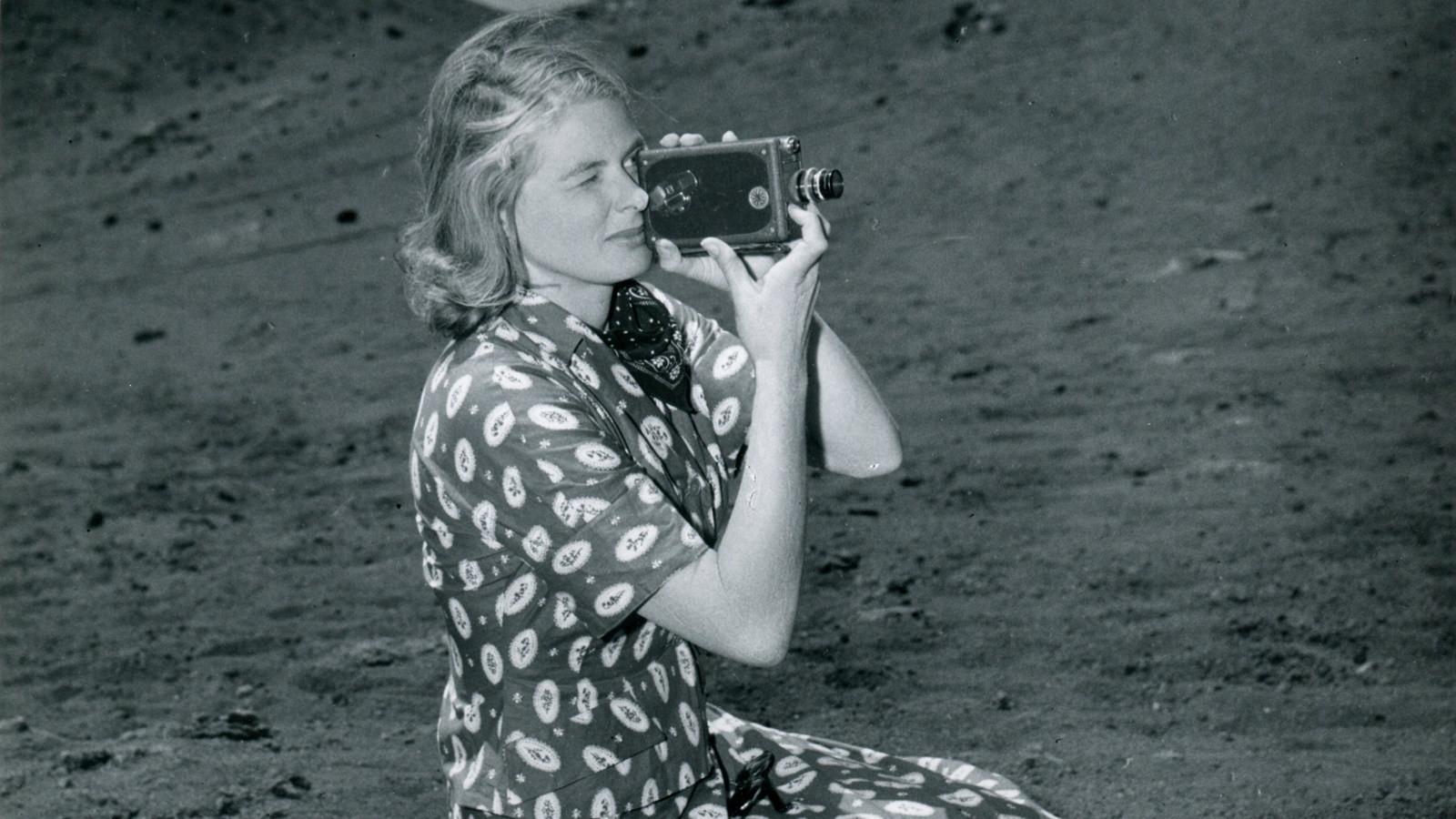
Much like Bernstein’s look at his mother Nora Ephron (boy what is it with mothers at this festival!), Stig Björkman’s film is not really interested in hagiography; frank conversations with her children paint a picture of an ambitious woman who did everything and anything she needed (and wanted!) to do what she wanted to do above all: be in front of the camera, in many cases at the expense of her children and her marriages. Pia Lindström, her daughter from her first marriage, is asked at one point whether there’ll one day be a Mommie Dearest book about Bergman. Oh no, she says, I can’t imagine that ever happening. She was always so loving. If anything, we all just wanted more of her.






